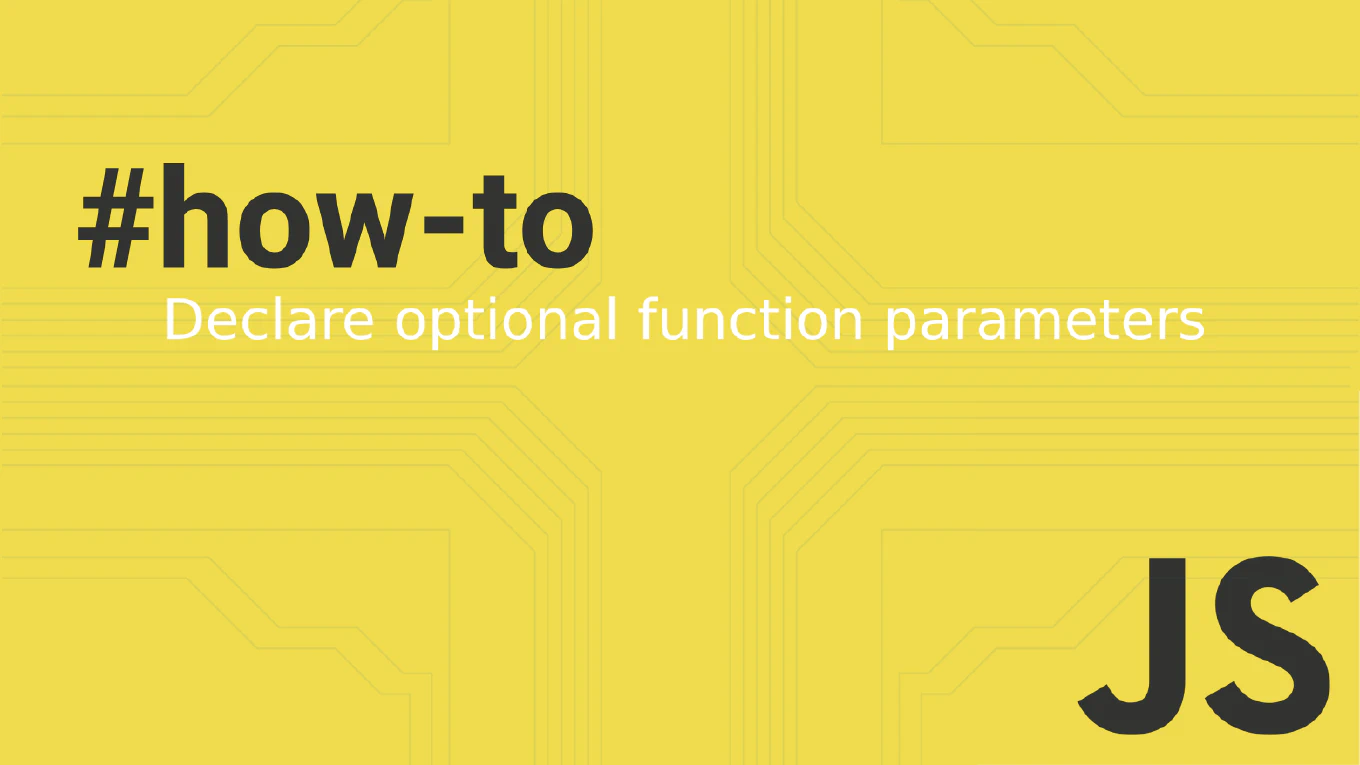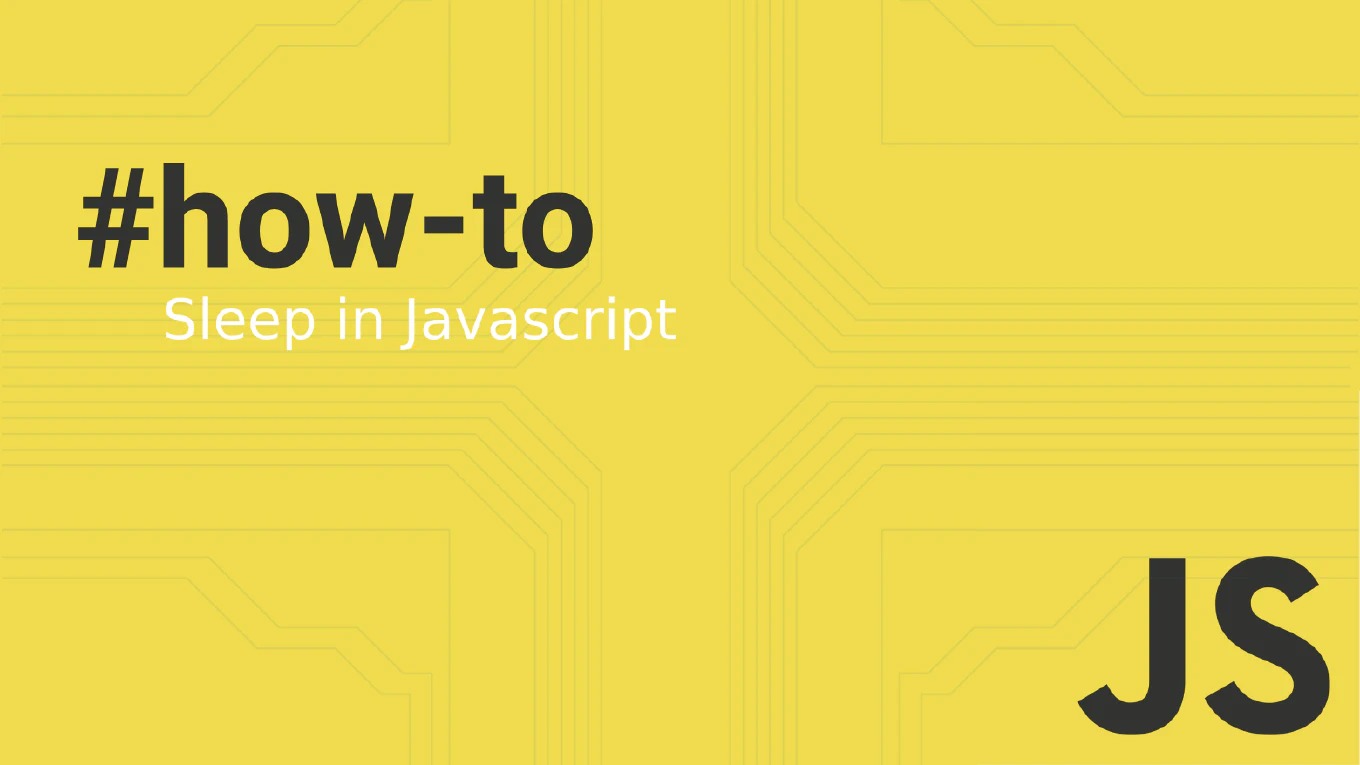How to checkout a file from another branch in Git
Checking out a file from another branch allows you to copy specific changes without merging entire branches or switching contexts.
As the creator of CoreUI with extensive Git experience across numerous projects, I regularly copy files between branches when cherry-picking features or applying hotfixes.
The most straightforward approach uses git checkout with the branch name and file path to copy the file to your current branch.
This method enables selective file copying while maintaining your current working context and branch state.
How to revert a file to previous version in Git
Reverting a specific file to a previous version in Git allows you to undo changes to individual files without affecting other modifications.
As the creator of CoreUI with over 25 years of development experience, I frequently revert specific files to previous states when debugging or undoing unwanted changes.
The most precise approach uses git checkout with a commit hash and file path to restore the file to its exact previous state.
This method provides surgical precision for file recovery while preserving other changes in your working directory.
How to view file history in Git
Viewing file history in Git helps understand how a specific file has evolved over time, showing all commits that modified it.
As the creator of CoreUI with extensive Git experience across numerous projects, I frequently track file histories to understand feature development and debug changes.
The most effective approach uses git log with the filename parameter to see all commits that touched a specific file.
This command provides chronological insight into file modifications, helping with code reviews and understanding implementation decisions.
How to blame a file in Git
Git blame shows line-by-line authorship information for files, helping track down when and who made specific changes for debugging and code review.
As the creator of CoreUI with over 25 years of development experience, I use git blame regularly to understand code history and track down the source of bugs or features.
The most straightforward approach is using git blame filename to see author, commit hash, and timestamp for every line in a file.
This command is invaluable for collaborative development and understanding code evolution over time.
How to show Git diff between commits
Comparing differences between specific commits helps analyze code evolution, debug issues, and understand what changed between any two points in project history.
As the creator of CoreUI with extensive Git experience across numerous projects, I frequently compare commits to track down bugs or understand feature implementations.
The most precise method is using git diff commit1 commit2 with specific commit hashes or references.
This approach provides exact comparison between any two commits regardless of branch or timeline.
How to show Git diff between branches
Comparing differences between Git branches is essential for code reviews, understanding feature changes, and planning merges in collaborative development.
As the creator of CoreUI with over 25 years of development experience, I regularly compare branches to review feature implementations and assess merge impacts.
The most straightforward approach is using git diff branch1 branch2 to see all differences between two branches.
This command provides comprehensive insight into what changes will be introduced when merging branches.
How to show Git diff for staged files
Reviewing staged changes before committing is crucial for maintaining clean commit history and catching potential issues.
As the creator of CoreUI with extensive Git experience across numerous projects, I always review staged changes to ensure only intended modifications are committed.
The git diff --staged command shows exactly what will be included in your next commit, allowing for final verification.
This practice prevents accidental commits and maintains high code quality standards in collaborative development.
How to show Git diff
Viewing differences between files and commits is essential for understanding what changes have been made in your codebase.
As the creator of CoreUI with over 25 years of development experience, I use git diff daily to review modifications before committing and to understand code evolution.
The basic git diff command shows unstaged changes, providing a clear view of what has been modified in your working directory.
This command is fundamental for code review and maintaining code quality in any project.
How to filter Git log by date
Filtering Git log by date enables tracking project progress, analyzing development patterns, and generating reports for specific time periods.
As the creator of CoreUI with 25 years of development experience, I’ve used date-based filtering extensively for sprint reviews and project analysis.
The most effective approach uses --since and --until flags with flexible date formats including relative dates and specific timestamps.
This method provides precise historical analysis for project management and code auditing.
How to filter Git log by author
Filtering Git log by author helps track specific developer contributions and analyze commit patterns for code reviews and project management.
As the creator of CoreUI with 25 years of development experience, I’ve used author filtering extensively for code reviews and team collaboration tracking.
The most effective approach uses the --author flag with git log, supporting both exact matches and regex patterns.
This method provides precise commit history analysis for individual contributors.



